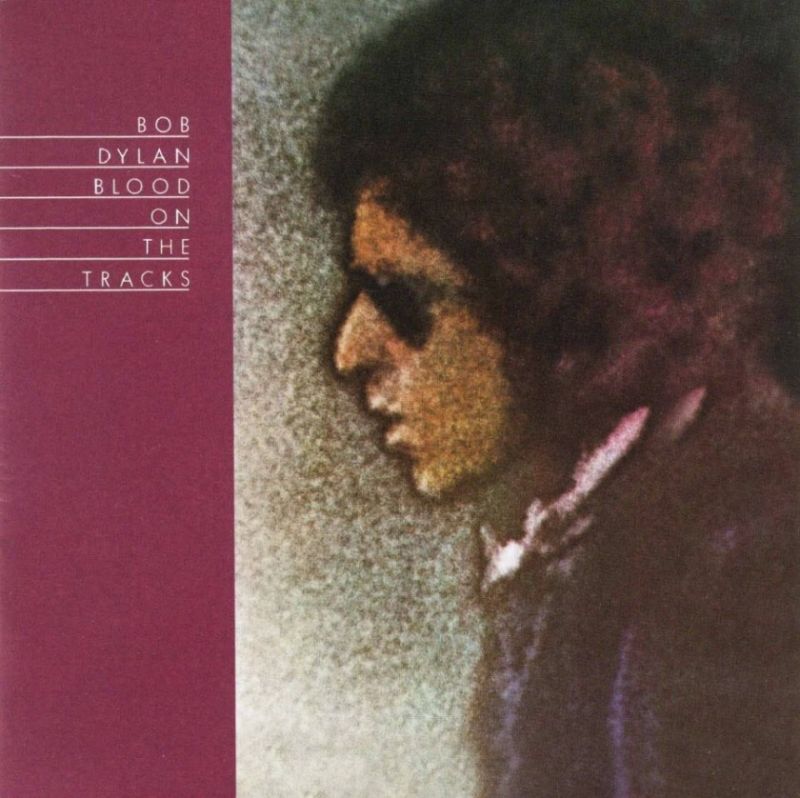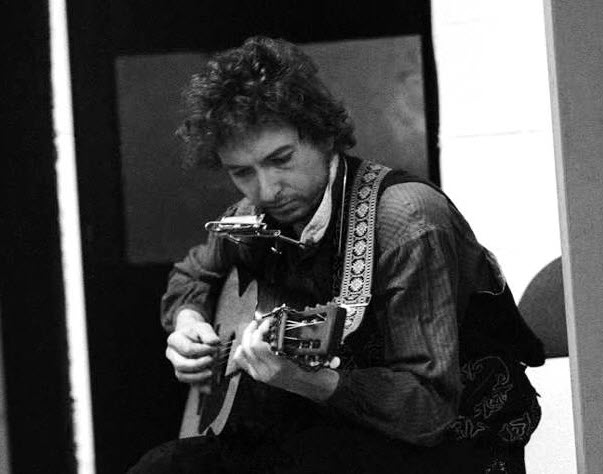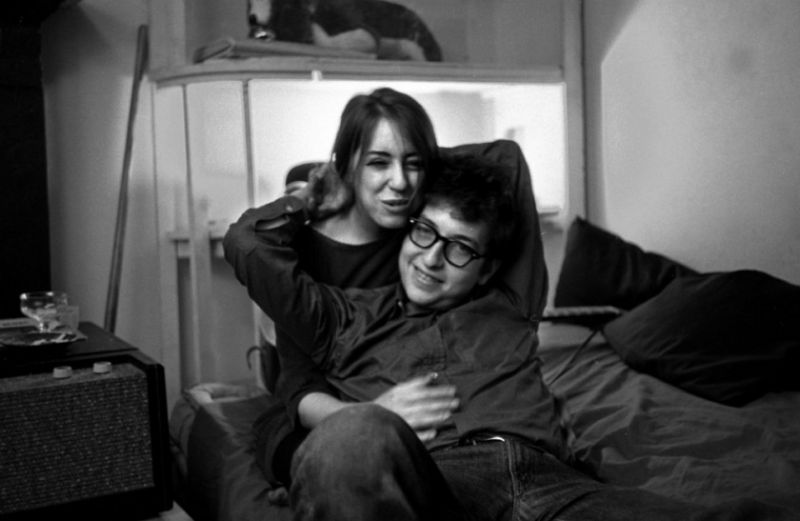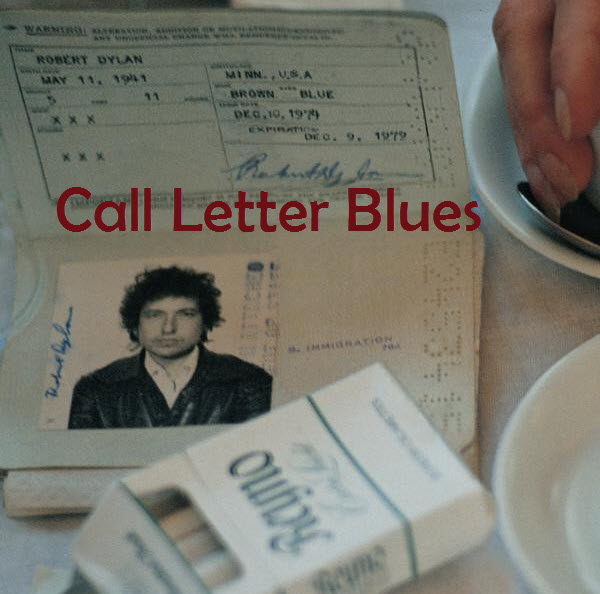Bob Dylan started recording Blood On The Tracks September 16, 1974.
Here are some quotes, facts & music….
When Dylan began work at A&R one Monday afternoon in September he seemed unusually keen to get on with the recording process. The songs themselves were no more than 2 months old, and he was still excited by the new approach to language he had uncovered.
Even behind closed studio doors he was determined to get the songs out of his system as quickly, and with as much impact, as possible
~Clinton Heylin (The Recording Sessions)
From Wikipedia:
Dylan arrived at Columbia Records’ A&R Recording Studios in New York City on September 16, 1974, where it was soon realized that he was taking a “spontaneous” approach to recording. The session engineer at the time, Phil Ramone, later said that he would “go from one song to another like a medley. Sometimes he will have several bars, and in the next version, he will change his mind about how many bars there should be in between a verse. Or eliminate a verse. Or add a chorus when you don’t expect”. Eric Weissberg and his band, Deliverance, originally recruited as session men, were rejected after two days of recording because they could not keep up with Dylan’s pace. Dylan retained bassist Tony Brown from the band, and soon added organist Paul Griffin (who had also worked on Highway 61 Revisited) and steel guitarist Buddy Cage. After ten days and four sessions with the current lineup, Dylan had finished recording and mixing, and, by November, had cut a test pressing on the album. Columbia soon began to prepare for the album’s imminent release, but, three months later, just before the scheduled launch, Dylan re-recorded several songs at the last minute, in Minneapolis’ Sound 80 Studios, utilizing local musicians organized by his brother, David Zimmerman. Even with this setback, Columbia managed to release Blood on the Tracks by January 17, 1975.
Continue reading September 16: Bob Dylan “Blood On The Tracks” first recording session 1974






